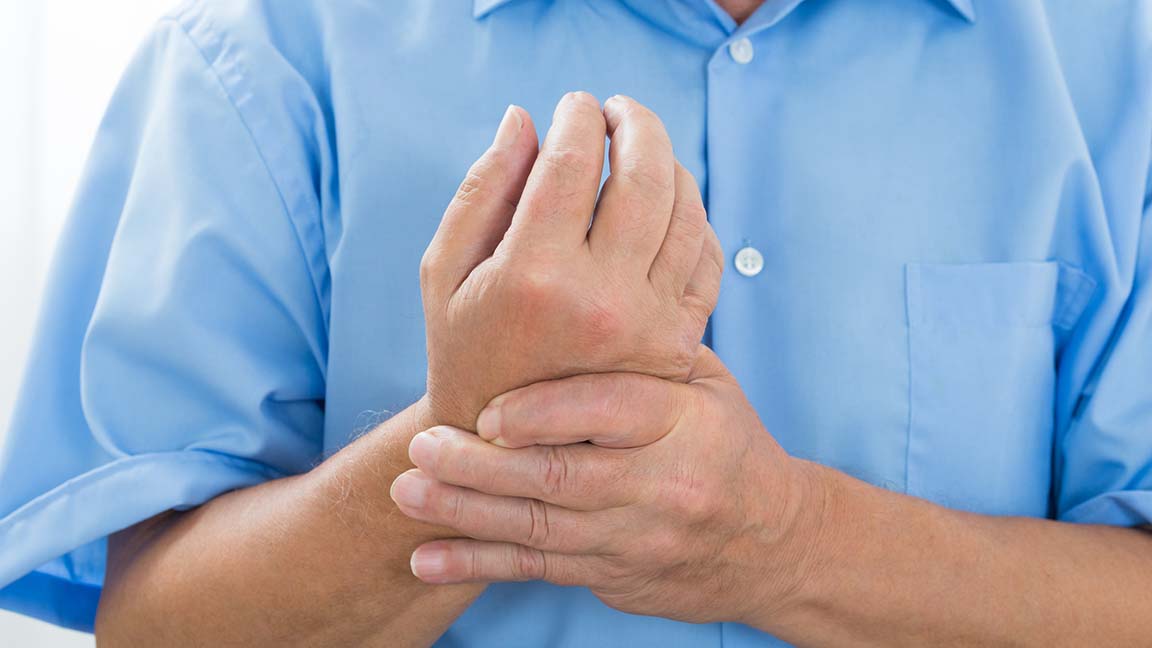It may not be a health problem many people think about, but for those who suffer from it, hand weakness is a serious issue that can complicate even the most routine of daily tasks — and, by extension, make getting through the day difficult.
“We use our hands for everything, starting as soon as we wake in the morning,” explains Carrie DeLuca, a certified hand therapist and senior occupational therapist at the Tidelands Health Hand Therapy Center in Myrtle Beach. “We use our hands for basic daily activities including self-care, such as dressing and bathing, as well as for our jobs, hobbies and walking our dogs.”
As DeLuca notes, people with hand weakness can struggle to cut food or open containers, brush their teeth, fasten buttons or zippers, drive a car or even open and close doors.
It’s a truly frustrating malady, and as it turns out, it’s a great deal more common than you might expect.
Affects many
According to the National Center for Health Statistics, approximately 5 percent of all adults over age 60 — that’s as many as 2 million older Americans — suffer from some kind of muscle weakness, with grip weakness among the most common forms.
And while the condition may be related to an injury or aging, it can also be a sign of more serious problems, including arthritis, multiple sclerosis and carpal tunnel syndrome, among other conditions.
In other words, hand weakness is no small issue and certainly not one that should be ignored.
But the good news, DeLuca says, is that in many cases it’s a problem that can be treated, allowing individuals to retain their freedom and live happy, fulfilling lives well into old age.
For those who sense their grip strength may be failing, either rapidly or slowly over time, DeLuca says the first step is to consult with a physician or occupational or physical therapist. These health professionals can help diagnose the cause and severity of the problem, then recommend next steps and a treatment plan.
“That evaluation will help guide the decision-making process,” DeLuca says. “Does the patient need occupational or physical therapy? Or does the patient need a referral to an orthopedic surgeon and/or a neurologist?
“If the patient would benefit from therapy, then the therapist will have a variety of exercises and at-home programs patients can use to help improve overall hand and grip strength.”
Exercises can help
Among the most common at-home exercises for hand strength include squeezing stress balls or clay to strengthen the muscles used for gripping, engaging in stretches and other exercises for your wrists, thumbs and fingers, or even using rubber bands to provide resistance for hand extensions.
The exercises are usually quite simple, and just a few minutes each day can make a difference in maintaining or even boosting faltering hand strength, she says.
And, DeLuca notes, the effort involved is probably well worth it.
“We use our hands every day for almost everything we do and don’t think twice about it — until we can’t,” she says.
Enjoy this story? It’s free to republish. Learn more.







